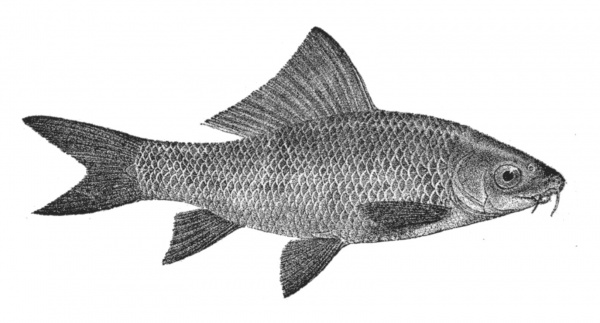Facts About Labeo
"Labeo" is a genus of carps that belong to the Cyprinidae family, predominantly found in freshwater habitats across Africa and Asia. These fish, often referred to as "typical labeos" are categorized under the Labeoninae subfamily. However, some experts contest this classification, proposing that they should be placed within the Cyprininae subfamily as part of the Labeonini tribe. If considered separately, the Labeonini tribe within Labeoninae encompasses these labeos.
Labeos bear a resemblance to the "freshwater sharks" of the genus Epalzeorhynchos, which are also within the Labeoninae subfamily. Despite their similar appearance, they are not closely related. Labeos are generally larger and possess a spindle-shaped body, making them more adapted to free-swimming compared to the bottom-dwelling Epalzeorhynchos.
One of the defining features of labeos is their distinctive mouths, which have a pronounced rostral cap and thick, sausage-shaped pads with keratinized edges. The name "Labeo" is derived from Latin, meaning "one who has large lips." Like many fish in the Cyprinidae family, labeos have two barbels on their rostrum, with an additional pair at the rear edges of the lower maxilla.
Furthermore, labeos possess a well-developed vomeropalatine organ and a unique posterior supraneural bone in the Weberian apparatus, which elongates and connects to the skull. These anatomical features help distinguish them within their family and subfamily.

 India
India